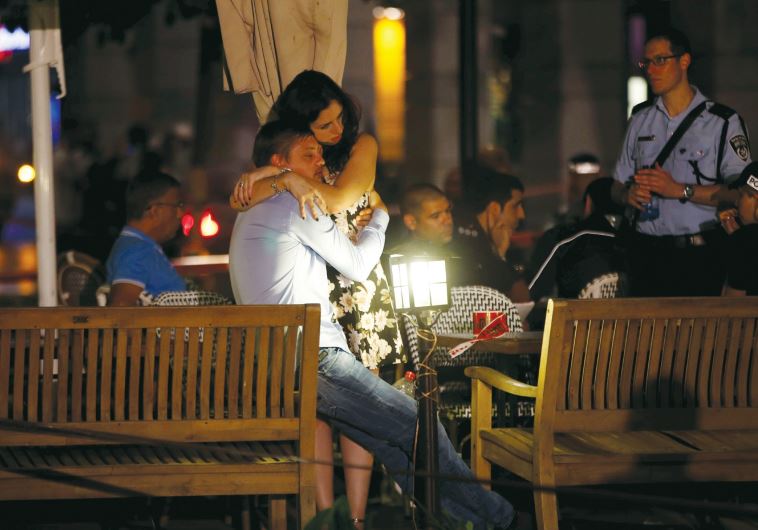The killers of Yatta
While the small village outside Hebron has produced four people who have attacked and murdered Israelis, a surprising Jewish connection is also found.
 A man and woman comfort each other following the terrorist attack in Tel Aviv last weekUpdated:
A man and woman comfort each other following the terrorist attack in Tel Aviv last weekUpdated: